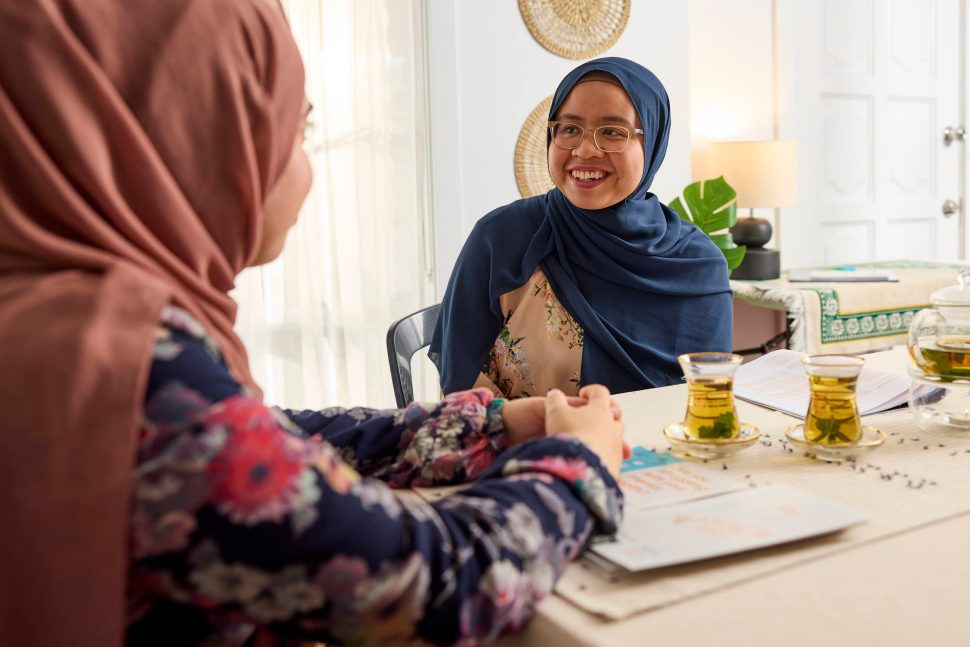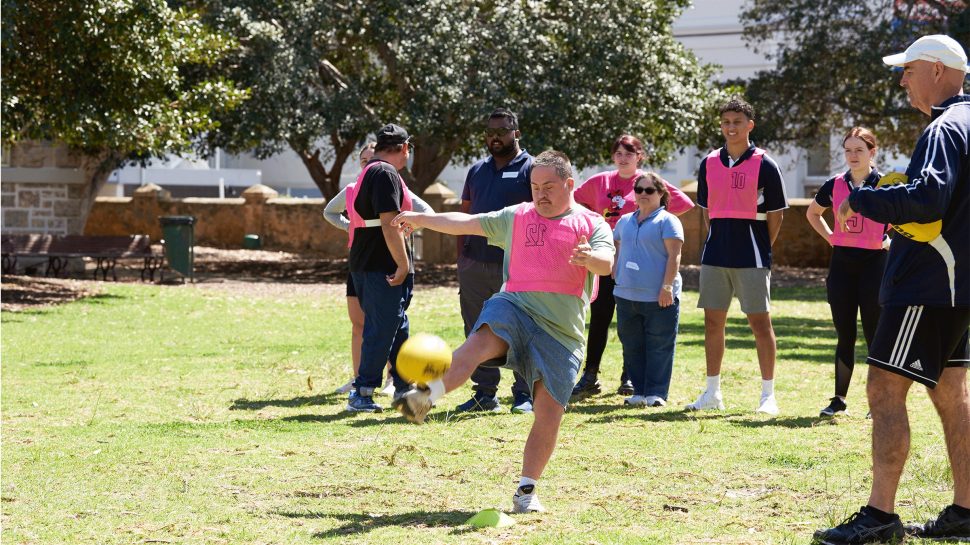Community Grants: 8 tips for successful grant applications
Grant funding is crucial for your community group, so you want to make your Community Grant application the best it can be. Here are our top grant writing tips.

If you volunteer with or work for a community group, you know that grants are the fuel that powers great initiatives.
We’re proud to award Australia Post Community Grants each year to local not-for-profits, supporting projects that improve connection and mental wellbeing in local communities. We encourage you to use the grant writing tips below to create an application for the next round of Community Grants.
1. Get clear on the project before applying for a Community Grant
We’ve funded 893 projects through our Community Grants program over the last decade. From men's sheds to yarning circles, and from Neighbourhood Houses to LGBTQIA+ groups, we’ve supported a wide range of projects that help local communities.
What’s your project, and what problem are you aiming to solve? Discuss the specifics with your community group to iron out the details. Understanding every aspect will help you craft a clear and compelling grant application.
Be careful to make sure your project fits the current Australia Post Community Grants guidelines – don’t try to retro-fit existing projects that don’t meet the criteria.
2. Check your eligibility
Before you start your application, read the Community Grant eligibility criteria carefully to make sure your project and not-for-profit group are both eligible.
Australia Post Community Grants fund projects that meet all the criteria outlined in this year’s guidelines, including projects that are locally led that help people connect meaningfully to improve mental wellbeing in communities.
3. Get a good understanding of the grant guidelines
Read the guidelines carefully before you start your application. Find the Community Grant guidelines online and print them out if you find hard copy documents easier to reference. It can be helpful to highlight key aspects of the guidelines as you go and create a list of what's required so you have a plan to refer to and tick off as you put your application together.
If you’re not sure about something, reach out to the Community Grants team.
4. Slow and steady wins the Community Grant
It can be tempting to sit down and knock out the grant application in one sitting, but it’s a good idea to slow down. Even if a deadline is looming, slow and steady is usually the best approach to nailing a grant application.
Write out your answers, then put them aside and come back to them another day. That way you can read them afresh to make sure you’ve provided all details necessary, outlined the project well and shown a real need for the initiative in your community.
Sometimes it’s easier to draft your responses to the application in another program (Microsoft Word, for example), then copy and paste the answers in when you’re ready to submit. This way you can easily keep a record of your submission for future reference.
Grantmakers often don’t have the ability to ask you for extra information, so make sure you answer every question on the application form.
5. Keep it simple
Like many things in life, simple is best when it comes to applying for a Community Grant.
- Consider whether your grant application answers the who, what, when, where, why and how questions
- Use short, concise language that will be easy to read by someone who is processing a large number of applications
- Your application should clearly outline the need your project is addressing, why your approach is effective and show that you have the capacity to deliver the project
- Where relevant, include evidence that supports your project, like statistics, council plans or research.
6. Crunch the numbers
Your Community Grant application should include a clear outline of how your community group plans to spend the grant money. It's one thing to spend time articulating the value of your not-for-profit group and the problem you’re trying to solve, but at the end of the day grantmakers need to see where the money is going.
Take the time to crunch the numbers and present your budget in an itemised list that makes it easy to see exactly how you’ll be spending the grant funding. Check whether your income and expenditure summary match and make sure other funding sources are clearly marked.
7. Attach documents and evidence
Before you hit submit on your application, you’ll be asked to attach any supporting documents.
Title each document with a relevant name and save them in a file on your computer so you can easily access them for future reference. Remember to only attach the required documents, as unsolicited documents are unlikely to be read.
8. Double check everything
Check the application, making sure every question has been answered and the correct documents have been attached. Good luck!
Connecting local communities
Connecting local communities
Australia Post is Delivering the Goods for local communities with grants to support mental wellbeing. Because when we connect, we feel better.
This article was originally published on 3 April 2023, and has been updated with new information.



